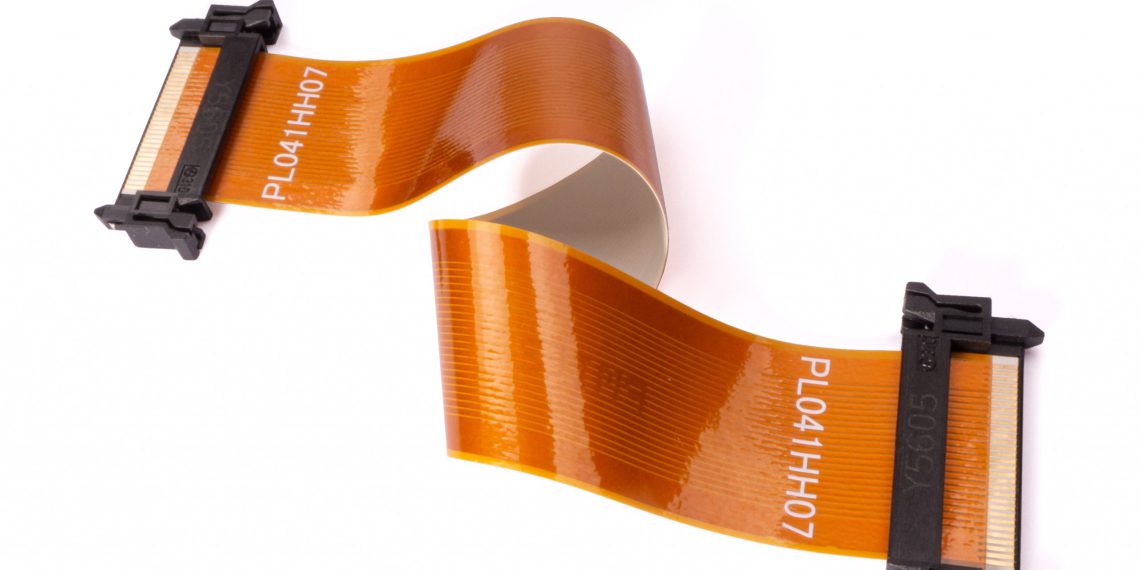Conventional technologies such as Flexible Flat Cable or Flexible Printed Circuit (FFC/FPC) or micro-coaxial cable are increasingly reaching their limits as data transmission rates between internally installed printed circuit boards continue to rise. Yamaichi Electronics’ Y‑FLEX technology solves this problem. With the high-speed FPC, data rates of 56 Gbps (PAM4) can be realized over a cable length of 100 mm.
The cable’s suitability for high data transmission rates is realized through various features such as LCP (Liquid Crystal Polymer) as the base material, the contacting of various layers with so-called silver bumps and the special, 100 percent reproducible production process. To achieve particularly high transmission rates, specific coordination with the FFC/FPC connector used is important.
In principle, the mating face can be adapted to any standard ZIF/non-ZIF/LIF connector. However, to achieve optimum performance, Yamaichi’s specially designed high-speed ZIF/non-ZIF connectors are most suitable, e.g. the HF507 series.
In comparison: FFC and standard FPC
The biggest difference compared to FPCs is in the insulation material. Unlike standard polyimides used in conventional FPCs, the LCP insulation material of Y‑FLEX has a much lower dielectric constant and power factor tan δ at high frequencies. As a result, attenuation is significantly lower and data transmission rates are much higher than standard FPCs. In addition, LCP has better hygroscopic properties than standard polyimides, which facilitates processing and allows trace spacing and trace widths of less than 30 µm to be realized with the highest accuracy.
In comparison: micro-coaxial cables
With this cable, transmission standards such as PCIe Gen 4 (16 GT/s), USB 3.2 Gen 2 (10 Gbps) or eDP HBR 3 (8.1 Gbps) can be achieved without hesitation. In the latest measurements of the current generation, even data rates of 56 Gbps (PAM4) were realized over a cable length of 100 mm. Due to the manufacturing process (especially precision etching and LCP material as insulator) this technology is 100 percent reproducible.
All conductor tracks are completely identical and thus achieve constant transmission characteristics over the entire length. In coaxial cables, on the other hand, the ratio of inner to outer conductors varies along the cable because of the stranded structure.
When assembling the individual coaxial conductors to the connector, there may also be differences in length and thus in the propagation time of the individual lines.
Fit for future markets
A leading manufacturer of mobile communications and high-frequency measurement technology recognized this technology several years ago and now uses it in a variety of projects, such as 5G testers and body scanners. In addition to measurement technology, Y‑FLEX is used, for example, in autonomous vehicles, data networking, image processing and medical technology.

















